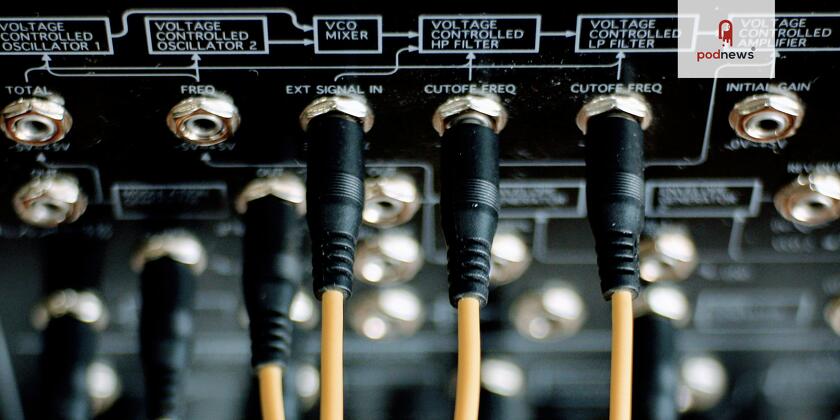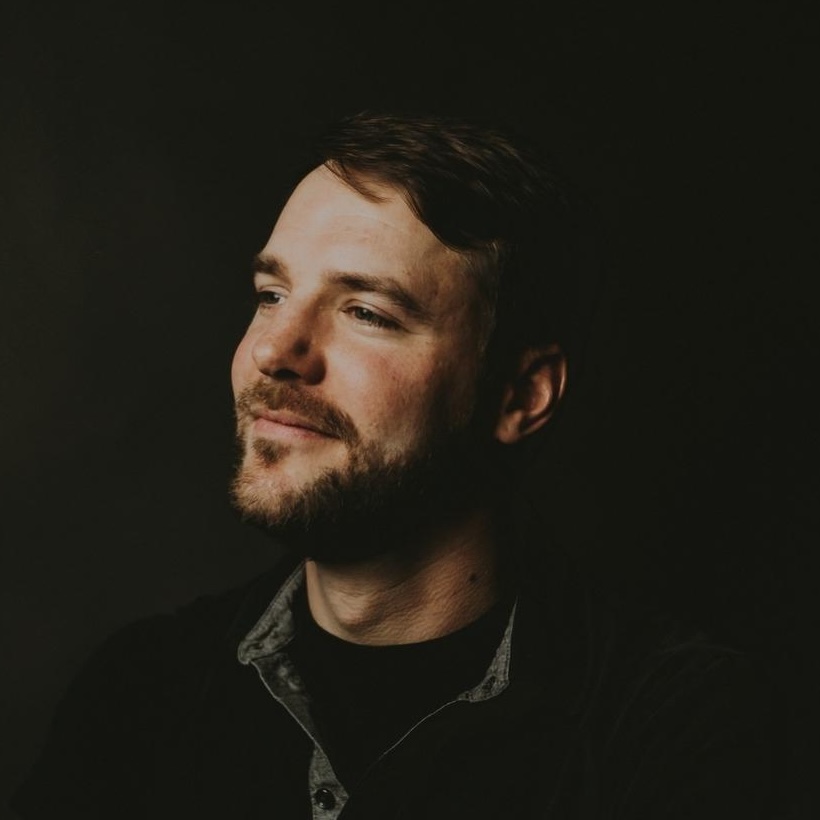
How custom sound design sets premium podcasts apart: designing sonic identity

Podcasts come in all shapes and formats, from conversational interviews, narrative nonfiction, true crime, roundtable discussions, and beyond. While compelling content and sharp editing are essential to any successful show, what truly separates a premium podcast from the pack is sound design: the strategic use of audio to shape atmosphere, drive emotion, and enrich storytelling.
Editing is critical. It distills ideas, enhances pacing, and ensures clarity. But when we think only about trimming content, we risk ignoring the broader canvas that sound can paint. To elevate a show from a polished product to an immersive experience, we need to treat podcast production as a three-dimensional space.
Let’s break that down.
Sound Design: More Than Just Polish
First things first: content is still king. A show is only as strong as the raw materials it’s built from: an intentional concept, compelling guests, high-quality recordings, and a clear editorial vision. But once you’ve nailed the fundamentals, the next question becomes: How do we take this show from good to great? The answer lies in exploring and creating sonic identity.
Sound design isn’t just about sprinkling in door creaks or swoosh transitions. It’s the practice of using audio (ambience, foley, tone, silence, and music) to tell a deeper story. Done right, it can add emotional weight, create a sense of place, and draw the listener deeper into the world you’ve built and create a mental image.
As a sound designer and podcast engineer, I’ve had the opportunity to build sonic environments that do exactly that. Two standout projects come to mind that highlight how effective sound design can completely transform a show’s impact.
Case Study 1: “Boom! A Serial Drama Podcast” by Observer Pictures
“Boom!” is a serialized audio drama, and my approach to sound design on this project was almost theatrical, akin to mixing for film. The goal was to create vivid mental images that allowed listeners to feel like a fly on the wall in each scene. Every sonic detail had to support the narrative.
Ambient textures, foley, and diegetic sounds brought realism, while synthetic and stylized audio helped draw contrast between timelines, especially in flashback sequences. For instance, one of my favorite episodes takes place almost entirely in a therapist’s office. It’s a single-room scene, with minimal action, but maximum emotional tension. To keep that space alive, I used subtle layers: room tone, faint HVAC hums, the sound of fabric shifting as characters moved, the soft creak of a chair. And then…silence. Carefully placed moments of stillness created both intimacy and claustrophobia, all at once.
The goal was never to overproduce, but to use sound as a narrative thread. To draw listeners into the characters’ emotional states and make each moment hit with clarity and weight.
Case Study 2: “Down & Back” by The American Kennel Club / Podfly
In contrast, the “Down & Back” podcast was non-fiction, a show rooted in real history and heartfelt stories about dog breeds and their cultural legacy. Produced by Podfly for The American Kennel Club, this show blended archival research and immersive storytelling.
With writer and producer Mike Tennant crafting rich, vivid scripts, my job was to build a sonic world where those stories could breathe. One episode might call for the sound of 1850s Missouri in summer, complete with cicadas, dusty roads, and distant livestock, while another needed the bright energy of a bustling 1940s dog show.
One of my favorite creative challenges came in the recurring “Ask Bud” mailbag segments. We needed to place our host, Bud Boccone, into a fictional office where he answered listener letters. This meant constructing a believable sonic environment from scratch: the thump of envelopes dropped on his desk, the rattle of mail carts, distant office chatter, doors opening and closing. All of it had to feel natural, yet intentionally composed.
None of this audio was captured live. It was all designed in post, a testament to how detailed sound design can make even scripted or remote recordings feel tactile, immersive, and alive.
Why Sonic Identity Matters
If you’re producing a podcast, whether it’s branded content, original fiction, or narrative journalism, you should ask yourself: How does my brand sound?
Most creators and companies think first about logos, colors, and messaging. But sound is often the first interaction a listener has with your brand. Before they see your website or read your show notes, they hear your voice, your tone, your music. Your sonic identity sets the tone for trust, quality, and emotion.
So, consider:
- Does your show’s current sound reflect your brand values?
- Does it communicate professionalism and care?
- Does it propel the story, or merely support it?
Designing a unique audio profile can be the differentiator that earns you listener loyalty and the respect of industry peers.

Sound Designer, Audio Engineer and Producer, JSS Audio www.JSSAudio.com































































































